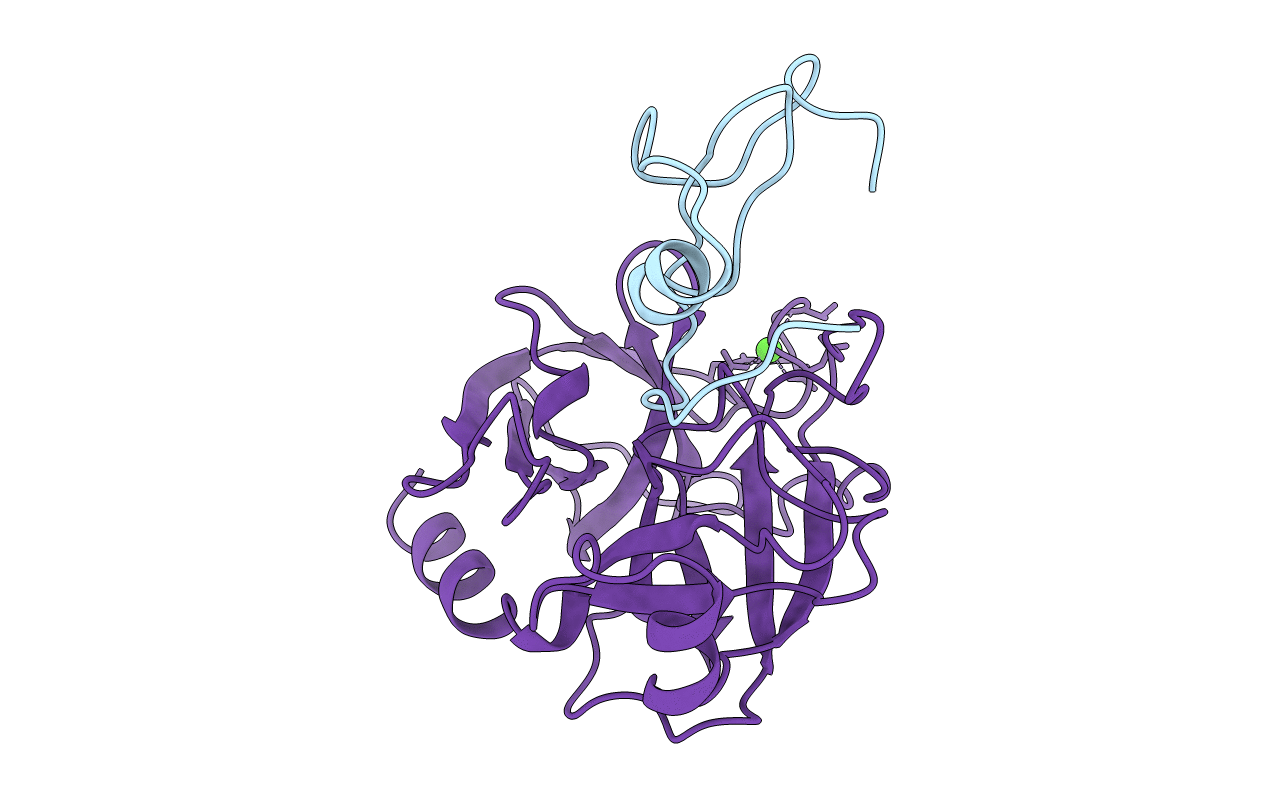
Deposition Date
1997-05-15
Release Date
1998-05-20
Last Version Date
2024-10-16
Entry Detail
PDB ID:
1LDT
Keywords:
Title:
COMPLEX OF LEECH-DERIVED TRYPTASE INHIBITOR WITH PORCINE TRYPSIN
Biological Source:
Source Organism:
Hirudo medicinalis (Taxon ID: 6421)
Sus scrofa (Taxon ID: 9823)
Sus scrofa (Taxon ID: 9823)
Host Organism:
Method Details:
Experimental Method:
Resolution:
1.90 Å
R-Value Work:
0.19
R-Value Observed:
0.19
Space Group:
P 43 21 2


